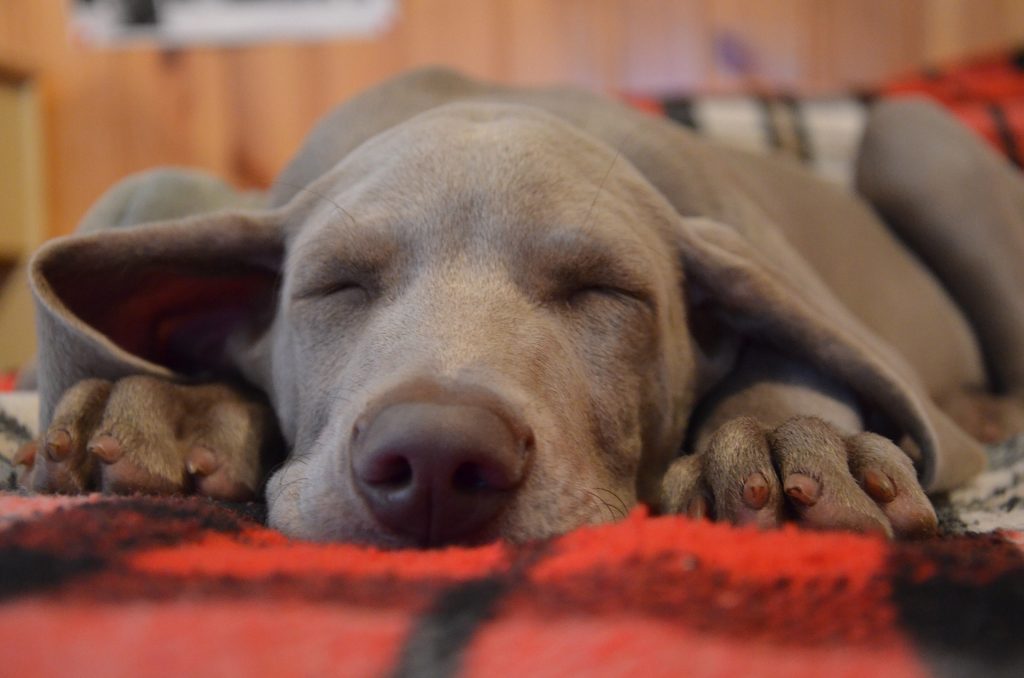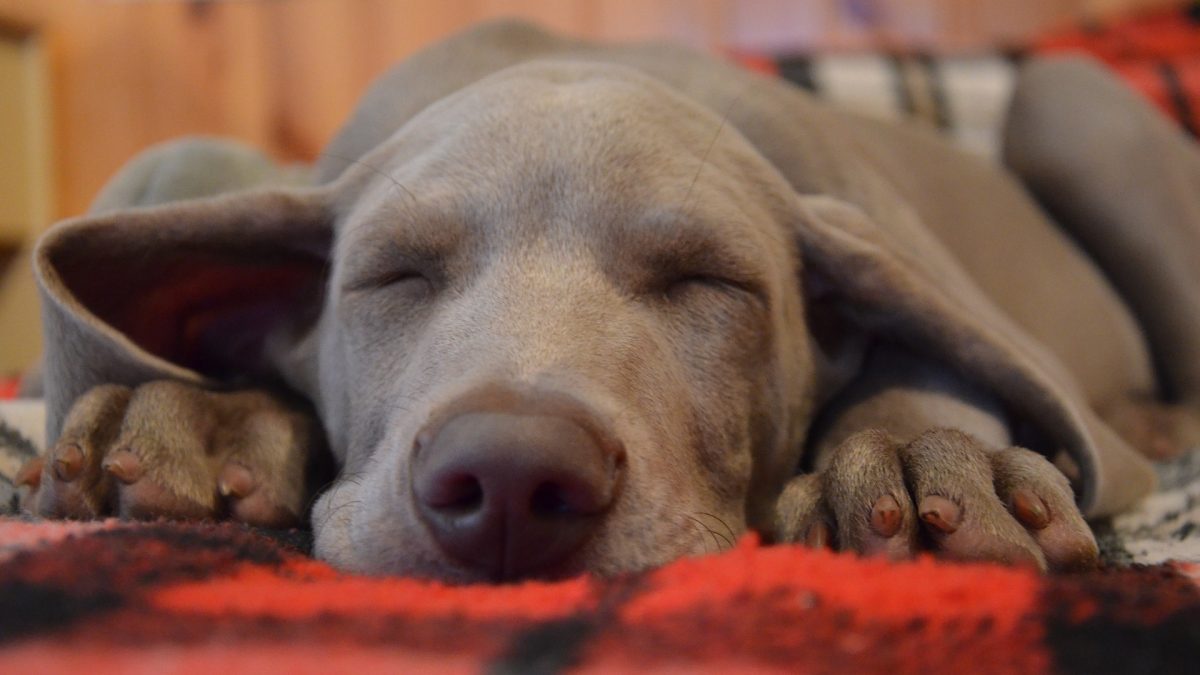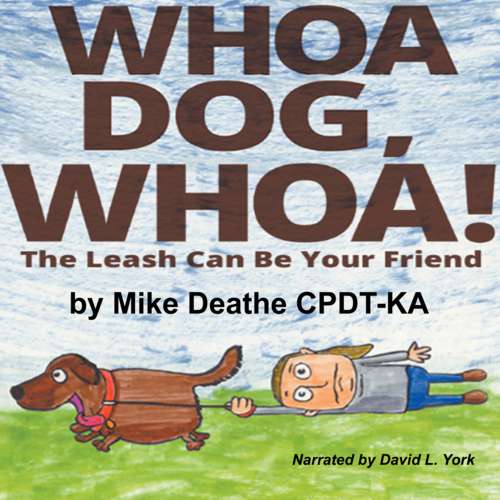Go To Bed

This post is about how to teach go to bed. If you have read my work, you know I believe in crate training, that is where go to bed comes in. It is a command that can be used to let your dog know it is time to go get in their crate. This is where I start! Park it comes later, once go to bed is reliable. Park it is teaching a secondary go to bed command. The difference is, when I say park it, the dog will go to a particular spot in the house and lay down on a bed, blanket or area of floor! In my house I say go to bed and the dogs scatter to their bedrooms and get ready for going to bed. However, when I say park it, keeping in mind that each of my four dogs has their own blanket in the living room, they settle there. I use this command while we eat, watch TV or just need to calm things down.
Why do I need these commands?
Like most other commands, if used correctly, these two can be useful obedience commands, but more importantly, they can be used to eliminate problem behaviors. Let’s start with crate training. Crate training can help eliminate many slippery slopes, such as separation anxiety, clingy personalities, puppy and adolescent destruction and yes, even potty training issues (I cover this in great detail in What is Potty Training!) Many people feel that using a crate is in some way cruel or restrictive to a dog. But in reality, dogs are den animals…they prefer being in a close fitting enclosure, where they feel safe and not vulnerable.
The people who feel that crates are cruel, tiny cages usually feel that way because the first night they had their puppy, he cried! The owner feels like the dog hates the crate, and the owner lets the dog out! So, what has the dog learned? If I cry, these new people come and get me! Anyone who has had small kids is most likely giggling or crying over the realization of what has been going on. Remember, like most things with dogs, they don’t speak English, and we don’t speak dog. When the dog was crying, it had nothing to do with the crate…it was all about the fact that they are social animals that want to be close to their pack. When we let them out of the crate when they whine, we are teaching them the crate is bad! Ironic ain’t it? So, if we focus on making the crate a positive environment, we eliminate the crying and the anxiety. Then guess what…we have a dog on its way to liking a crate.
So how do we make the crate a positive experience? This is where the crate training begins…all the other stuff was prerequisite info and laying the groundwork. Let’s start with how we get the dog in the crate. The dog goes in the crate on their own; we do not put the dog in the crate! We can lure with treats, we can feed the dog in the crate, we can put Fido’s toys in the crate and then reward with treats when he goes in to get them. What we cannot do is force the dog into the crate, or do anything else that negatively affects Fido’s view of being in the crate. The real problem here is that we, as owners, are the reasons why our dogs like or dislike their crate. If we extrapolate this idea to training in general, we can make the leap that most problem behaviors we experience with dogs are generally due to our actions or reaction to them. Things that make you go hmmmmmmm?
So how we break this down, in regards to crate training, is to first focus on making Fido’s time in the crate as positive as possible. Next, combine the act of going in the crate with the verbal cue go to bed. It’s a really good idea to keep a treat jar on or near the crate to reward Fido when he goes into his crate when you use the cue go to bed…(for those of you that are thinking you’ll be giving Fido a treat forever, refer to the post, Will I have always have to use treats.) In no time at all, you will have a dog happily enjoying their own personal condo on cue! Remember that we can’t expect our dogs to go into the crate and stay there 8-10 hours on the first try. This is one of the biggest mistakes many folks make that gives the crate a negative association to Fido; remember to go slow. It is imperative that we follow the rule of 2 (See post on 3 D’s) and gradually build up the time the dog spends in the crate. If you don’t take your time acclimating your dog to the crate, it becomes your fault Fido doesn’t like his crate, not his.
Next we will focus on Park it – the advanced version of go to bed.
Tags In
Related Posts
Search Blogs
Most Popular Posts
K.I.S.S. Dog Training proudly serves the Kansas City Metro, Overland Park and Surrounding Areas. 40 miles, 20 miles each way from Shawnee, KS is included for In-Home Sessions... Over that mileage is an additional charge of $1.00 per mile... Call with Questions
Contact Us Today!
K.I.S.S. Dog Training
Shawnee, Kansas
(913) 269-7595







